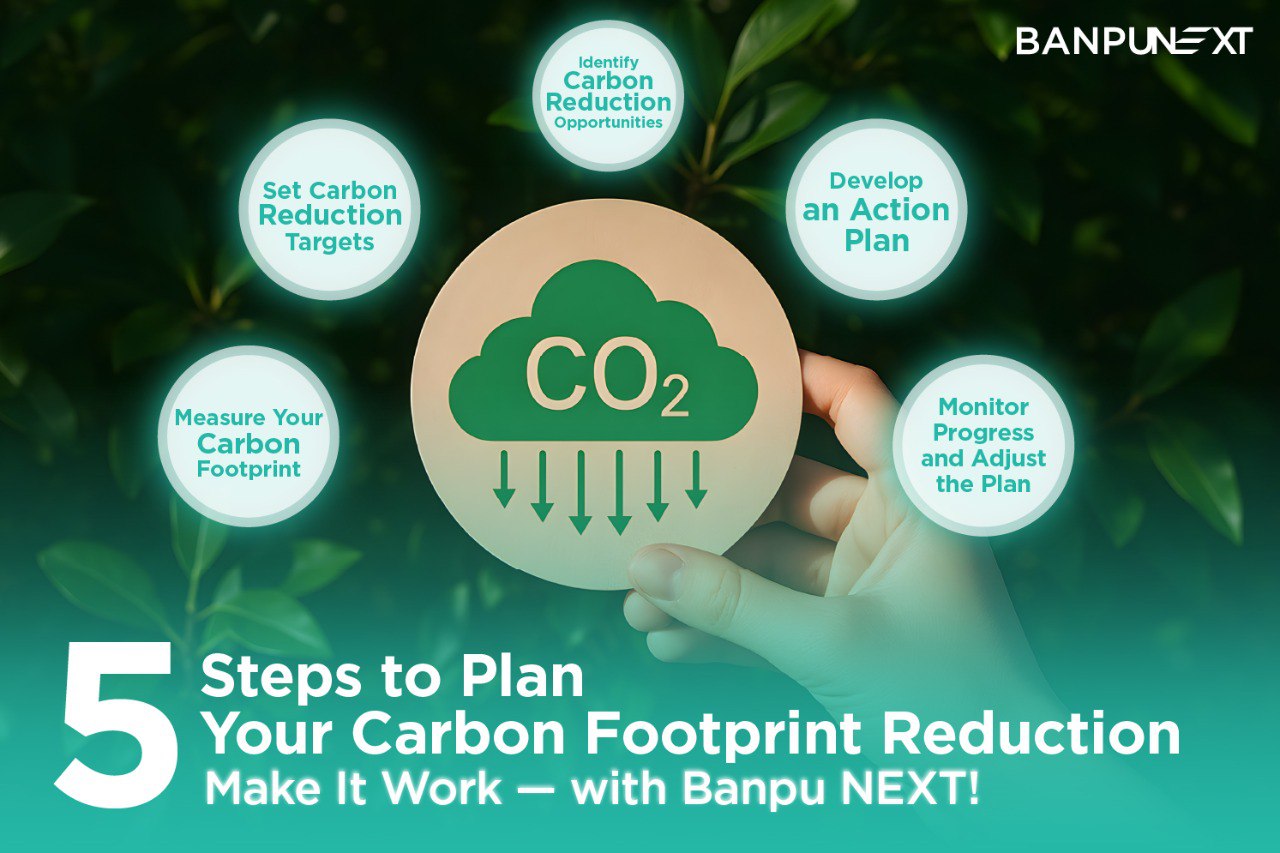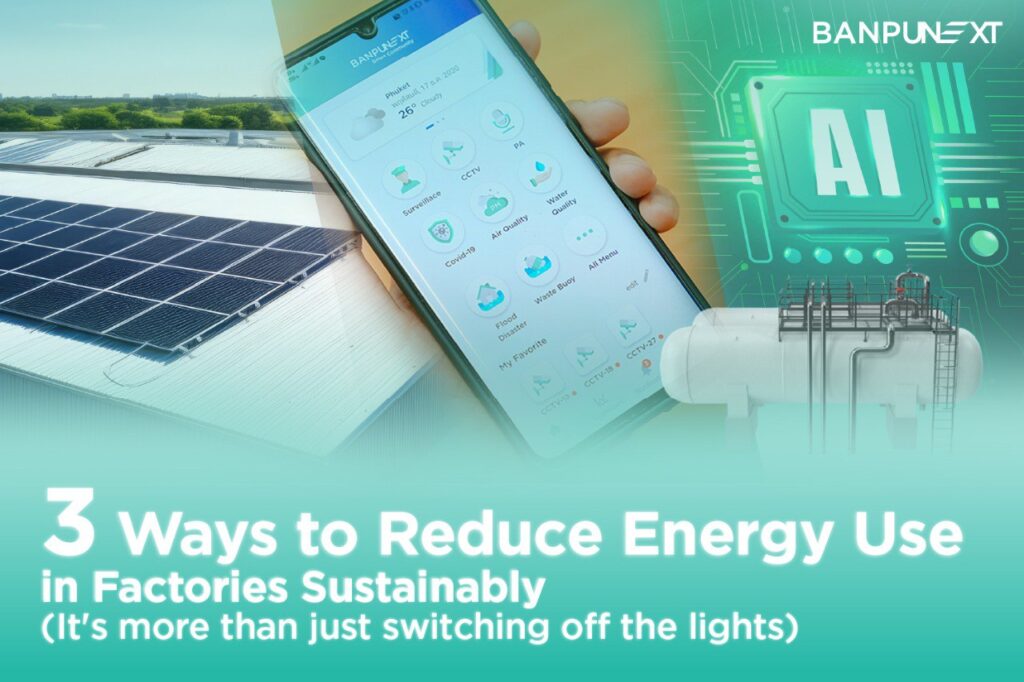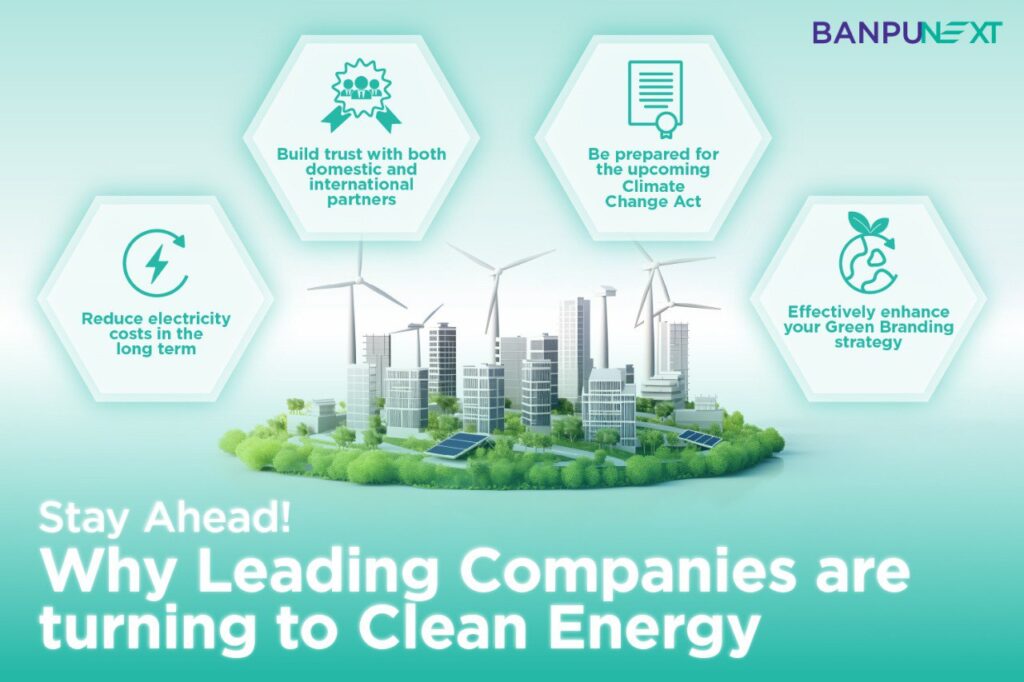Starting a carbon reduction initiative without a clear strategy can lead to wasted time and money. As many organizations rush to adopt sustainability policies, the stakes are getting higher, especially with the European Union’s Carbon Border Adjustment Mechanism (CBAM) set to impose carbon tariffs on imported goods starting in 2026. This makes systematic carbon footprint analysis not just a choice, but a critical necessity. It helps businesses pinpoint major sources of greenhouse gas (GHG) emissions, set realistic targets, and choose the most cost-effective solutions, reducing the risk of misplaced investments or budget overruns.
Step 1: Assess Your Carbon Footprint
Before you can effectively reduce your carbon emissions, you first need to understand the size and sources of your organization’s carbon footprint. A comprehensive carbon footprint assessment should cover all three scopes of GHG emissions:
- Scope 1: Direct GHG emissions from sources owned or controlled by the organization, such as fuel combustion in manufacturing processes or company-owned vehicles.
- Scope 2: Indirect GHG emissions from the consumption of purchased electricity, steam, heating, or cooling.
- Scope 3: All other indirect GHG emissions occurring along the supply chain, including emissions from raw materials, transportation, product use, and waste disposal.
Once you have gathered your data, the next step is to create a Carbon Footprint Inventory. This inventory should clearly outline the primary sources of carbon emissions and the volume emitted by each activity. It serves as a critical baseline for planning your carbon reduction strategy and measuring future progress.
Recommendation: Use nationally recognized standards for carbon footprint assessments, such as the guidelines from the Thailand Greenhouse Gas Management Organization (TGO) or internationally accepted frameworks like the GHG Protocol or ISO 14064-1. This approach ensures that your data is credible, comparable, and aligned with the best practices in carbon accounting.
Step 2: Establish Your Carbon Reduction Targets
Setting precise, measurable, and achievable carbon reduction targets is essential for a successful carbon management strategy. Effective targets should follow the SMART criteria (Specific, Measurable, Achievable, Relevant, Time-bound) and align with your organization’s broader vision and mission.
Today, many companies are pursuing Net Zero goals, aiming to reduce their net greenhouse gas emissions to zero across all operations. This long-term vision is often broken down into short, medium, and long-term targets, such as:
- Short-term (1-2 years) – Reduce energy consumption by 10% compared to the baseline year.
- Medium-term (3-5 years) – Use renewable energy for 50% of total energy consumption.
- Long-term (10-30 years) – Achieve full Net Zero emissions by 2050.
Recommendation: Consider adopting targets under the Science-Based Targets initiative (SBTi), which aligns your goals with the latest climate science and the Paris Agreement, providing credibility and global recognition.
Step 3: Identify Carbon Reduction Opportunities
Once you have mapped out your primary carbon sources, the next step is to identify potential carbon reduction opportunities. It’s often most effective to start with the largest sources of emissions, as these typically offer the greatest potential for impact. Here are several key strategies to consider:
Energy Efficiency Improvements
- Optimize Energy Use: Improve the energy efficiency of buildings and production processes to reduce overall consumption.
- Automate Energy Management: Install smart control systems to minimize unnecessary energy use.
- Upgrade to Energy-Efficient Equipment: Replace outdated machinery and equipment with energy-efficient models.
Transition to Clean Energy
- Install Renewable Energy Systems: Consider rooftop solar panels or other onsite renewable energy installations.
- Purchase Renewable Power: Secure long-term power purchase agreements (PPAs) for renewable electricity.
- Buy Renewable Energy Certificates (RECs): Offset your carbon footprint by purchasing RECs to match your energy consumption.
Supply Chain Optimization
- Select Sustainable Suppliers: Partner with suppliers that have strong sustainability practices and clear greenhouse gas reduction records.
- Improve Logistics Efficiency: Streamline transportation routes and methods to reduce carbon emissions.
- Use Low-Carbon Materials: Source raw materials with a lower carbon footprint to reduce Scope 3 emissions.
Carbon Compensation
- Invest in Offset Projects: Support certified projects that reduce or remove greenhouse gases outside your organization.
- Purchase Carbon Credits: Buy credits from verified carbon offset projects, either locally or internationally.
- Support Ecosystem Restoration: Fund reforestation, afforestation, or ecosystem restoration projects to capture carbon naturally.
What is a Carbon Credit? A carbon credit is a tradable certificate or permit that represents the right to emit one metric ton of carbon dioxide equivalent (CO₂e) by reducing or removing greenhouse gas emissions in a measurable way. One carbon credit equals one ton of reduced or sequestered CO₂e.
Organizations can purchase carbon credits to offset the residual emissions that cannot be eliminated through operational improvements alone. This makes carbon credits a critical tool for achieving Net Zero goals, as they help address the harder-to-reduce emissions in a cost-effective manner.
Recommendation: Prioritize carbon reduction measures using a Cost-Effectiveness Analysis (CEA) to ensure your investments deliver the maximum possible impact for each dollar spent. This approach helps avoid costly inefficiencies and accelerates progress toward your sustainability goals.
Step 4: Develop a Comprehensive Action Plan
Creating a well-structured and concrete action plan is essential for systematically achieving your carbon reduction goals. An effective action plan should include the following key elements:
- Clear Activities or Projects: Clearly define the specific carbon reduction measures to be implemented.
- Assigned Responsibilities: Designate teams or individuals responsible for each activity.
- Required Resources: Specify the budget, personnel, and other resources needed for successful execution.
- Timelines: Set realistic timelines and deadlines for each activity.
- Success Metrics: Establish key performance indicators (KPIs) to measure the success of each initiative.
- Risk Assessment: Identify potential risks and develop contingency plans to address them.
Additionally, fostering understanding and engagement across all levels of the organization is crucial. Regular communication and training can ensure that every employee is aligned with the carbon reduction goals and motivated to contribute to the plan’s success.
Recommendation: Integrate your carbon reduction plan into your organization’s core business strategy to drive continuous, sustainable progress.
Step 5: Monitor Progress and Adjust the Plan
Continuous monitoring and regular evaluation are essential for staying on track toward your carbon footprint reduction goals. Key steps include:
- GHG Emissions Tracking: Continuously measure carbon emissions and compare them against your baseline to assess progress.
- Progress Reporting: Prepare regular progress reports to highlight achievements and address challenges.
- Plan Review and Adjustment: Regularly review your action plan and adjust it to reflect changing circumstances or emerging technologies.
- Learning and Improvement: Use lessons learned and best practices to continuously refine and improve your carbon reduction strategy.
Recommendation: Consider leveraging digital technologies, such as carbon footprint management platforms, to streamline data tracking and analysis, enhancing efficiency and accuracy.
Comprehensive Net Zero Advisory Services from Banpu NEXT
Banpu NEXT is your long-term partner for driving business sustainability, offering comprehensive Net Zero Advisory services by industry experts. Our goal is to help businesses reduce their CO₂ emissions across all three scopes, at every stage of their operations, with tailored strategies for achieving Net Zero.
– Carbon Footprint Calculation
- Define emission boundaries, collect data, and calculate emissions following global standards like the GHG Protocol, ISO 14064, and the Thailand Greenhouse Gas Management Organization (TGO)
- Assess Net Zero targets to ensure realistic and impactful carbon reduction goals.
– Net Zero Strategy Design
- Assist businesses in setting clear, measurable carbon reduction targets and creating effective action plans for long-term sustainability.
– Carbon Reduction and Credit Solutions
- Implement carbon reduction projects, improve energy efficiency, and develop carbon credit initiatives.
- Foster supply chain engagement and sustainable procurement practices to drive overall emissions reductions.
– Continuous Monitoring and Improvement
- Use intelligent software solutions to measure carbon emissions across all scopes, ensuring accurate tracking and ongoing optimization.
– Sustainability Communication for Enhanced ESG Ratings
- Provide expert guidance on sustainability disclosures for assessments by FTSE Russell, Carbon Disclosure Project (CDP), MSCI Index, S&P, or other ESG rating frameworks.
- Support the development of sustainability reports to communicate your progress toward Net Zero to stakeholders effectively.
Take the Next Step Towards Sustainability – Reduce Carbon with Banpu NEXT Today
Contact Banpu NEXT for professional carbon footprint analysis and strategic Net Zero planning, along with a full suite of clean energy solutions to help your organization achieve meaningful and measurable sustainability.







